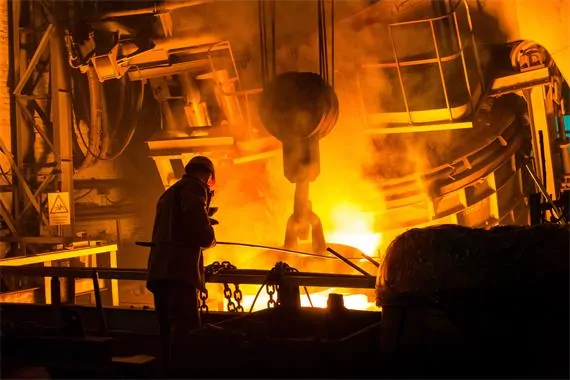The future of China’s manufacturing industry(I)
China’s accession to the WTO is not only an opportunity but also a challenge for the country. On the one hand, since its accession, China has stepped in the era of a global division of labor; on the other hand, some manufacturing enterprises in China have declined, and the low-end manufacturing industry has been impacted. So, what is the future of China’s manufacturing industry? What course will low-end manufacturing follow?
China after joining the WTO —— developing rapidly
The life of Chinese people today is much better than that of their parents twenty years ago. It is from more than 20 years ago that China’s national strength has been improving. And it has surpassed Britain, Germany, and Japan all the way.
After entering the WTO, China has become a world factory. In the process of foreign trade accumulation and foreign exchange settlement, a series of domestic industries have also made considerable development. At the same time, education, culture, scientific research, and other industries are also booming, so much that the government has accumulated enough funds, and the people are living a richer life. China has almost caught up with the development of Europe and America in more than 20 years.
The problems brought about by joining the WTO
While China’s national strength has greatly improved, there are also a large number of enterprises in decline and bankruptcy. This is a fact and one of the many problems brought about by globalization.
In fact, it’s not just Chinese companies that are declining. A large number of developed countries face this situation, such as the United States, Britain, France, and other countries.
There is a place called “rust belt” in the United States. It is a core area of the U.S. manufacturing industry in the Great Lakes region. And it includes countries like Cleveland, Chicago, Cincinnati, Pittsburgh, and Harrisburg and so on. In the past, there were steel plants, electroplating plants, plastic plants, furniture plants, machinery plants and so on, including a whole industrial chain and upstream factories.
But what about now? Some factories have moved to Asia, some have been abandoned, and there are idle factories and rusty machines everywhere, hence the name, rust belt.
This is the law of comparative advantage in economics and the inevitable result of globalization.
The future of China’s manufacturing industry
What will happen to China in the future? Will China gradually deindustrialize into a country dominated by the service industry and consumption, just like the countries mentioned above?
I don’t think so. There are four reasons:
First, there are two largest consumer markets in the world, one of which is China.
Apart from China and the United States, no other country has such a huge consumer market and without such a market, there would be no extensive manufacturing and strong industrial accumulation. Only when a country has a strong industrial base can it continuously innovate, attract funds and improve its industrial chain.
Therefore, even though Germany has a relatively large domestic demand market and a population of more than 80 million, it can barely sustain some industries. France, with a population of 70 million, can only make efforts in some industries.
Second, China’s system has its unique advantages.
China’s system can help the country focus its efforts on the most favorable things for its development, such as improving people’s livelihood and making every effort to develop the manufacturing industry. Take a simple example: Alibaba Damo academy is located in Yuhang. It plans to invest 100 billion yuan in three years to attract global talents and specialize in data intelligence, human-computer interaction, financial technology, Zhilian, and other fields. The project has been fully supported by Tsinghua University, the Chinese Academy of Sciences, Zhejiang University and other institutions. There are also 234 research teams from 13 countries. Along with the strong support of the government, Alibaba Damo hospital immediately completed the demolition and land acquisition, and the speed of launching the project was amazing.
It’s hard for other countries to focus on these things so quickly.
Third, China’s scientific research has a unique development model.
In the United States, research and development of science and technology rely on the scientific research power of universities, most of which are carried out sporadically. For example, a professor sets up his own team and looks for investors. In China, there are many modes of government-led and enterprise-participated ventures and enterprise-led and government-supported ventures.
When China was poor, it could only invest limited funds in improving people’s livelihood and infrastructure construction, and it was difficult to make breakthroughs in scientific research. But when China becomes rich, with sufficient funds, it can rely on the national strength to do scientific research, to tackle major projects, and to achieve “point breakthroughs” in many fields in the future.
to be continued…






